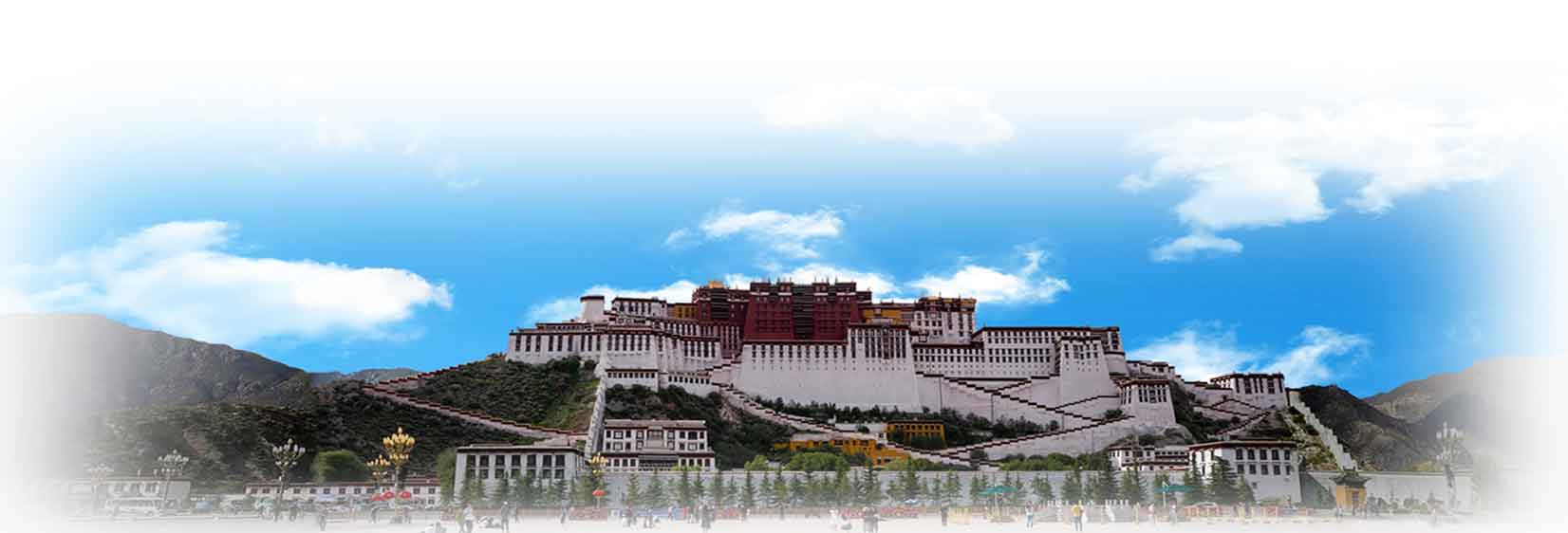Nangma and Toeshey songs are two classical music traditions from Tibet, particularly Lhasa, the capital city of Tibet. NangmaToeshey is a regular part of the entertainment at the parties and banquets of the old Lhasa nobility. They played two main kinds of songs. The older part of their repertoire was made up of the so-called Nangma songs. They also played a variety of adaptations of Tibetan folk dance songs, generally known as Toeshey (songs from the toe or western Tibet) although they also included central Tibetan melodies. It was first introduced in Tibet by a group of musicians from Kashmir. After playing their tune, it quickly gained attention and is now generally the “traditional Tibetan music”.
This musical tradition dates back to the 16th century during the time of His Holiness the great 5th Dalai Lama. In summers, people in Lhasa would hold picnics in gardens around Norbulingka, the summer palace of His Holiness. And during such festivities, Nangma dancers and musicians are invited to entertain the gatherings. The instruments most often used in NangmaToeshey include Dranyen (Tibetan lute), Yangchen or Gyumang (Hammered dulcimer), Lingbu (Wooden flue), Piwang (Sort of “violin” or fiddle), and Jingle Bell.
The poetic song text may feature several themes, but most often refer to Tibetan Buddhist imagery and morals. They are mostly written by high lamas (Tibetan Buddhist teachers and leaders). The most remarkable Nangma and Toeshey poetry was created by His Holiness the sixth Dalai Lama Tsangyang Gyatso. NangmaToeshey is still popular today and is taught as one of the lessons provided at the Tibetan Institute of Performing Arts.


